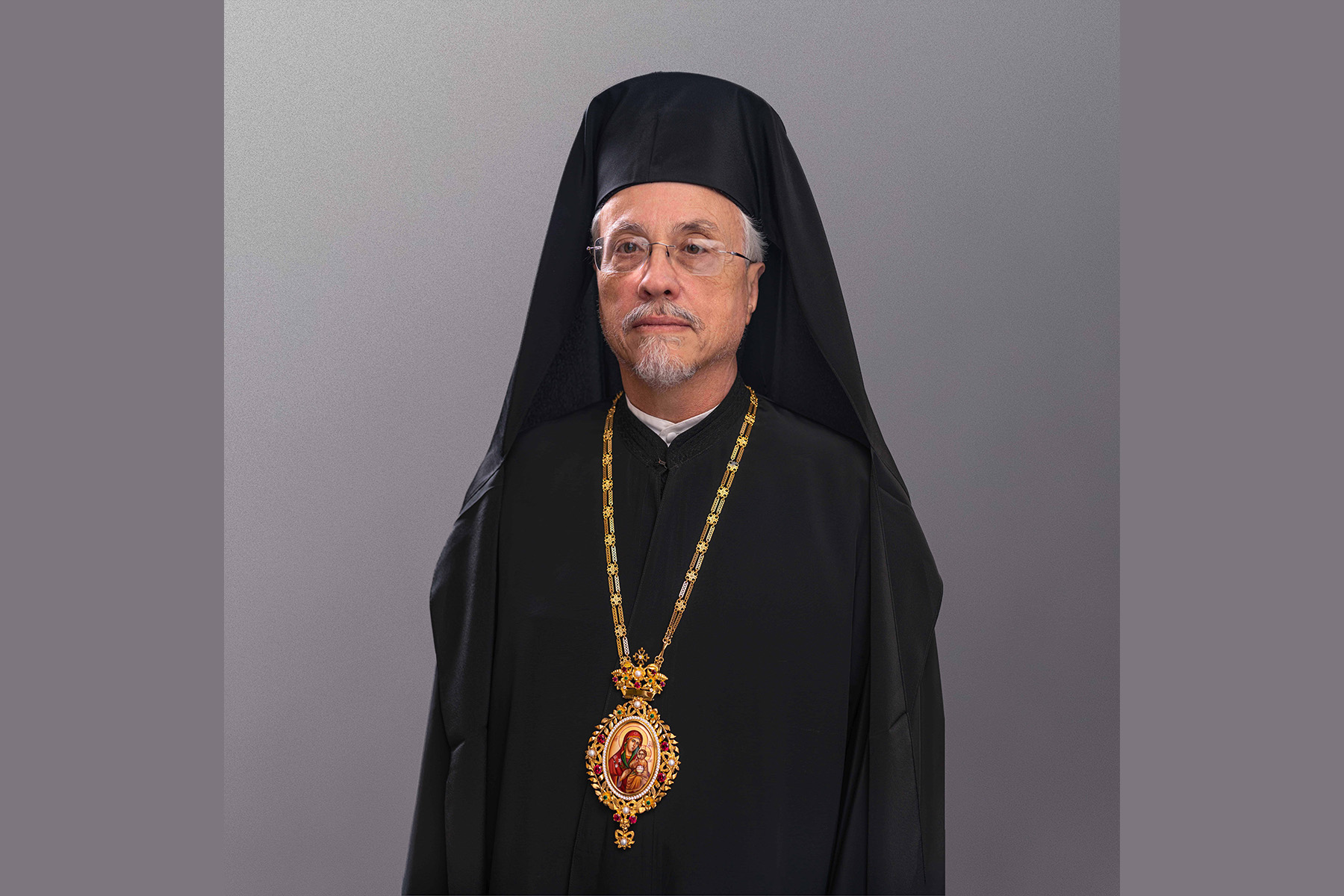BISHOP JOACHIM OF AMISSOS LECTURES AT DUMBARTON OAKS

On July 7, 2023, His Grace Bishop Joachim (Cotsonis) of Amissos, PhD, presented a lecture on the iconography of Byzantine lead seals for the graduate students enrolled in the 2023 Byzantine Coins and Seals Summer Program at Harvard University’s Dumbarton Oaks Research Library and Collection in Washington, DC. His Grace is the Director of HCHC’s Archbishop Iakovos Library and Learning Resource Center and an internationally recognized authority on the iconography of lead seals, of which the Dumbarton Oaks 17,000-specimen collection is the largest and most comprehensive in the world. The presentation covered such topics as the various images found on seals, iconographic changes over time, their chronological distributions, their significance for the study of Byzantine devotional life, art history, and as means of constructing personal identity and social hierarchies. During the presentation, lead seals related to various themes and topics in his lecture were brought out from the collection to be passed around among the students for them to have a “hands-on” and direct experience with the material.
Over the years, Bishop Joachim has published widely in academic journals on topics related to this material. In 2020, the prestigious publishing house Routledge published a two-volume set in its celebrated Variorum Collected Studies series of all his scholarly articles devoted to the study of the sacred imagery of Byzantine lead seals: The Religious Figural Imagery of Byzantine Lead Seals, I: Studies on the Image of Christ, the Virgin and Narrative Scenes; II: Studies on Images of the Saints and on Personal Piety and in the same year Dumbarton Oaks published His Grace’s volume, Catalogue of Byzantine Seals at Dumbarton Oaks and in the Fogg Museum of Art, Volume 7: Anonymous, with Bilateral Religious Imagery, presenting 572 anonymous lead seals bearing sacred images on both sides, representing the first attempt to analyze this type of seal chronologically and typologically. The extended introduction in this latter volume outlines the significance of such seals, establishing an accurate and consistent terminology, their relationship to other collections, the nature of their selectivity, their iconographic types and distribution, the pairings of sacred figures, the method for determining obverse and reverse, establishing dating criteria, and placing this type of seal within the historical, artistic, and religious trends of Byzantine culture.
 MyHCHC
MyHCHC



